Email Resignation Letter Template for a Smooth Exit
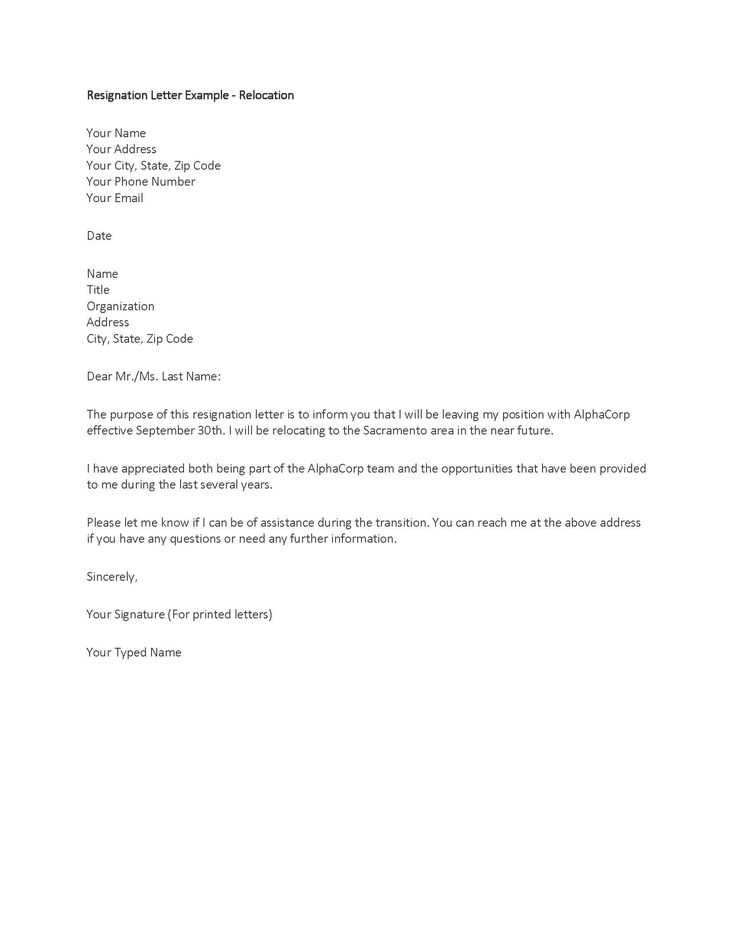
When it comes to ending your current professional engagement, delivering your decision through a formal, written form can leave a lasting impression. A well-structured message serves as a respectful and clear means of communicating your intent to move on. In this section, we will explore how to craft a courteous, concise, and professional notification that leaves no room for confusion while maintaining good relationships.
Core Elements to Include
In any message where you’re announcing your departure, there are a few crucial elements to consider:
- Professional tone: Maintain politeness throughout the message to avoid any misunderstanding.
- Clear intent: Ensure your reason for leaving is communicated without unnecessary details.
- Effective closure: Conclude by expressing gratitude for the opportunities provided during your tenure.
Essential Structure
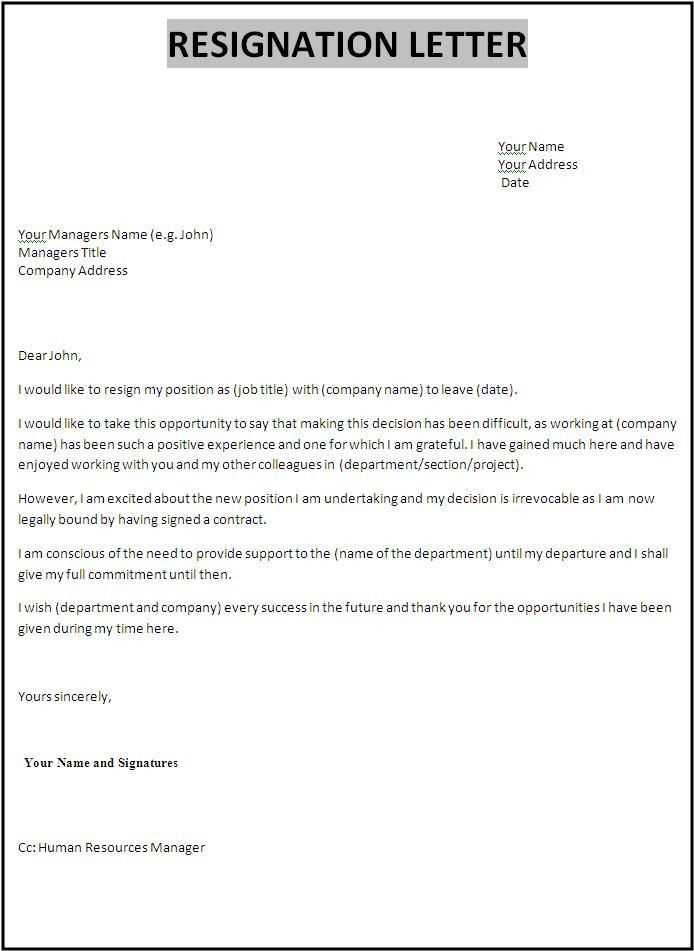
Your message should follow a straightforward structure to ensure clarity:
- Opening statement: Clearly state that you’re concluding your role with the company.
- Details about your transition: Specify your final day and any preparations for a smooth handover.
- Gratitude and appreciation: Thank your employer for the experience and opportunities.
- Contact information: Offer to remain available for any follow-up questions or tasks.
Tone and Etiquette
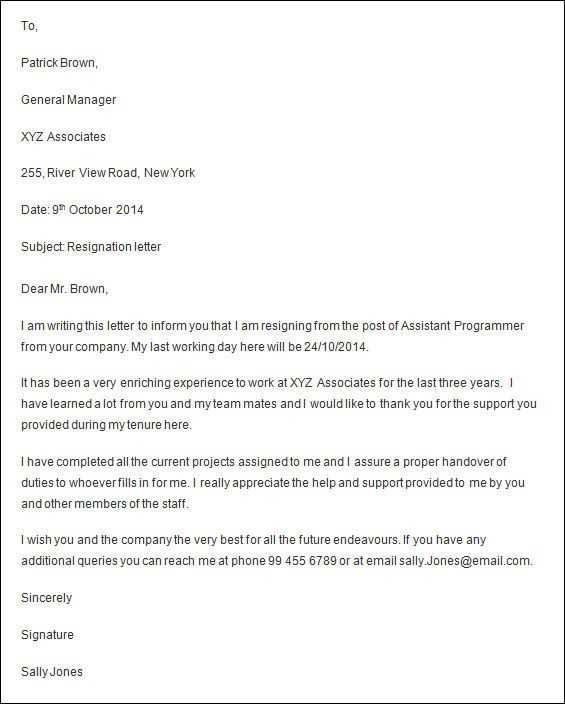
The language you choose is essential for ensuring a respectful exit. Avoid sounding overly blunt or overly casual. Your communication should remain cordial yet professional. Even if your decision to leave was influenced by negative factors, focusing on positive aspects will leave the door open for potential future collaborations or references.
Sample Sentences for Crafting Your Message
Here are a few sample sentences to guide you in constructing a well-rounded notification:
- Starting your message: “I am writing to inform you that I will be ending my employment with [Company Name] effective [Date].”
- Expressing gratitude: “I am truly grateful for the experiences and opportunities I’ve had during my time here.”
- Ensuring smooth transition: “I will ensure a smooth transition by [specific transition steps] before my departure.”
- Closing your message: “I hope we can stay in touch, and I wish the company continued success.”
Final Thoughts
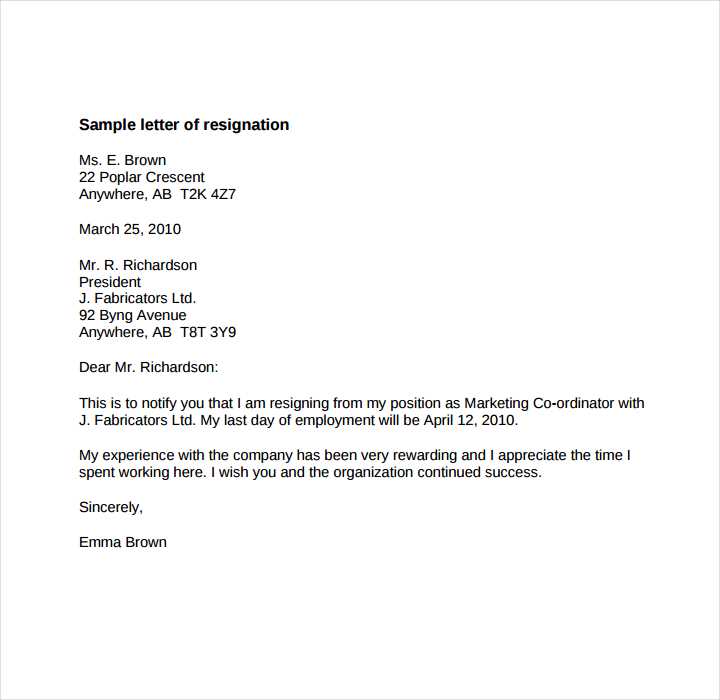
By following these guidelines, you will be able to communicate your departure effectively and professionally. A well-composed message leaves a positive impression, demonstrating your professionalism and respect for the company as you move on to new opportunities.
Why Use Digital Communication to Inform of Job Departure
When it comes to notifying your employer of your decision to leave, utilizing a formal electronic method provides a convenient, clear, and professional approach. This method ensures that the message is received promptly and can be easily referred to by both you and your employer in the future. In this section, we’ll explore the essential components of a well-constructed communication and how to avoid common mistakes during this process.
Core Elements of a Professional Departure Message
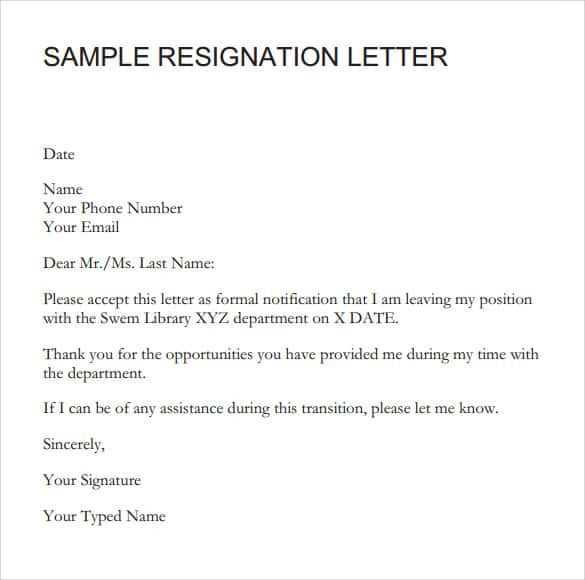
A properly structured notification should always include certain key points to ensure clarity and maintain professionalism. These include:
- Clear purpose: State your intent to leave and the date when your departure will take place.
- Gratitude: Show appreciation for the opportunity to work with the company, regardless of your reasons for leaving.
- Transition plan: Offer your assistance to ensure a smooth handover of your responsibilities.
Avoiding Common Pitfalls When Exiting
Many individuals make errors when drafting their departure notifications. To ensure your message remains professional, steer clear of:
- Unnecessary details: Keep the reason for leaving brief and professional, avoiding personal grievances or complaints.
- Excessive formality: While it’s important to be professional, overcomplicating the message can make it feel less sincere.
- Ambiguity: Be clear and direct about your departure date and any necessary actions before you leave.
Examples of Professional Departures
Here are some examples of how you can word your departure message:
- Example 1: “I am writing to inform you that I will be leaving my position at [Company Name] on [Date]. It has been a pleasure working here, and I am grateful for the opportunities provided.”
- Example 2: “After much consideration, I have decided to move on from my role at [Company Name]. My final working day will be [Date], and I am committed to assisting with the transition in any way I can.”
By carefully crafting your message and avoiding common mistakes, you can ensure your departure is handled with professionalism and respect for your employer and colleagues.